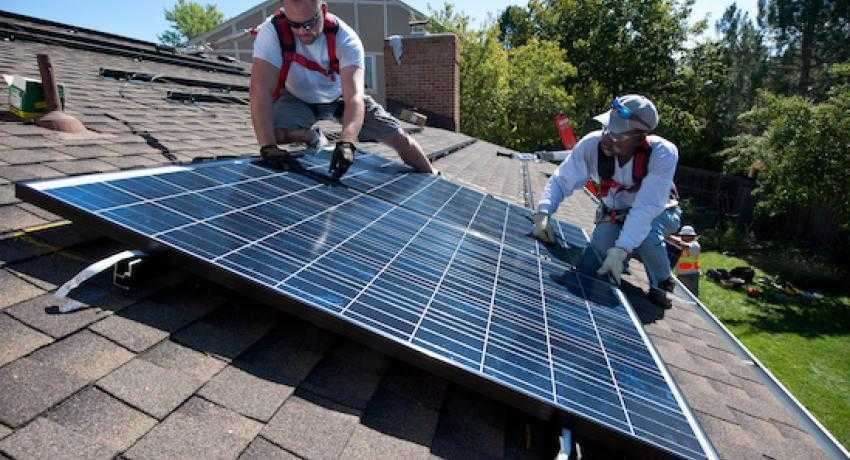Solar Players Come Together to Standardize Solar Contracts
 The National Renewable Energy Laboratory (NREL) and a consortium of solar industry professionals have introduced standardized solar contract templates, which make it easier for everyone involved in the industry, from homeowners to financiers.
The National Renewable Energy Laboratory (NREL) and a consortium of solar industry professionals have introduced standardized solar contract templates, which make it easier for everyone involved in the industry, from homeowners to financiers.
Standardizing contracts across the board makes it easier to finance projects, since banks and other financiers are able to familiarize themselves with one type of solar contract rather than read through hundreds of different contracts with varying language and clauses. Standardized contracts are also easier for home and business owners wanting to go solar, since it makes it easier for them understand the value of a solar array.
The concept was introduced when NREL created the Solar Access to Public Capital (SAPC) working group in October 2012. The group brought together a wide range of solar industry players, including leading companies like Sungevity, OneRoof Energy, SolarCity, and Clean Power Finance. It also brought together numerous law firms to develop the contracts, like Milbank, Tweed, Hadley & McCloy LLP and Chadbourne & Parke LLP. In all, more than 120 organizations have joined the effort.
The group has already developed three standard contracts: two for residential solar and one for commercial power-purchase agreements. The residential contracts are for solar leases and include both an aggregated model for developers with in-house installation practices and a disaggregated model for developers using installation partners. Users can download the models from NREL’s site and add in their logo and other information as needed.
“These template contracts should allow national and regional solar developers alike to increase business opportunities and enable the creation of tradable investment vehicles desired by pension funds and other institutional investors critical to scale the industry,” NREL Energy Analyst Paul Schwabe said. “This effort is just one of the many ways that the partnerships forged across the SAPC initiative are helping to unleash cost-competitive solar power.”
Such investment vehicles include creating real estate investment trusts (REITs) and securities. Such vehicles will help expand who can and will invest in solar, as well as make it less expensive to invest in solar because REITs and securities carry longer payback periods and lower rates than other methods do.
To that end, the group is also working to build investor confidence, a spokesperson for NREL said. Among the efforts, the group is “collaborating with rating agencies to evaluate ‘mock’ portfolios of residential and commercial assets, developing best practice guidelines for system installation and operation and maintenance, and developing a system performance dataset.” Such efforts will help show investors the limited risk of investing in solar carries.




